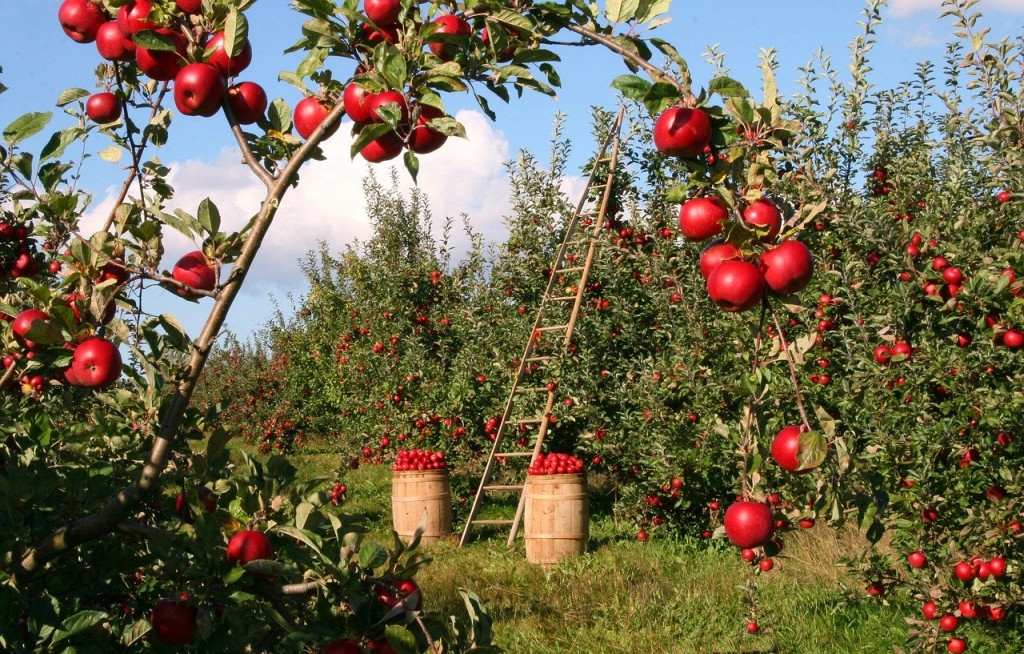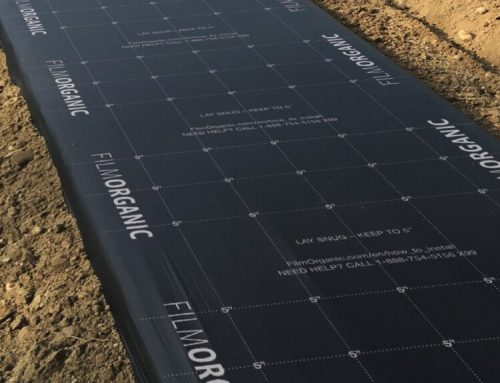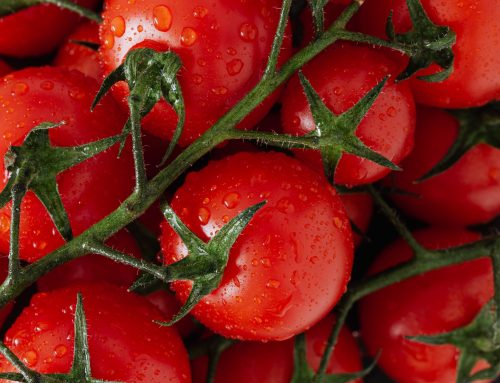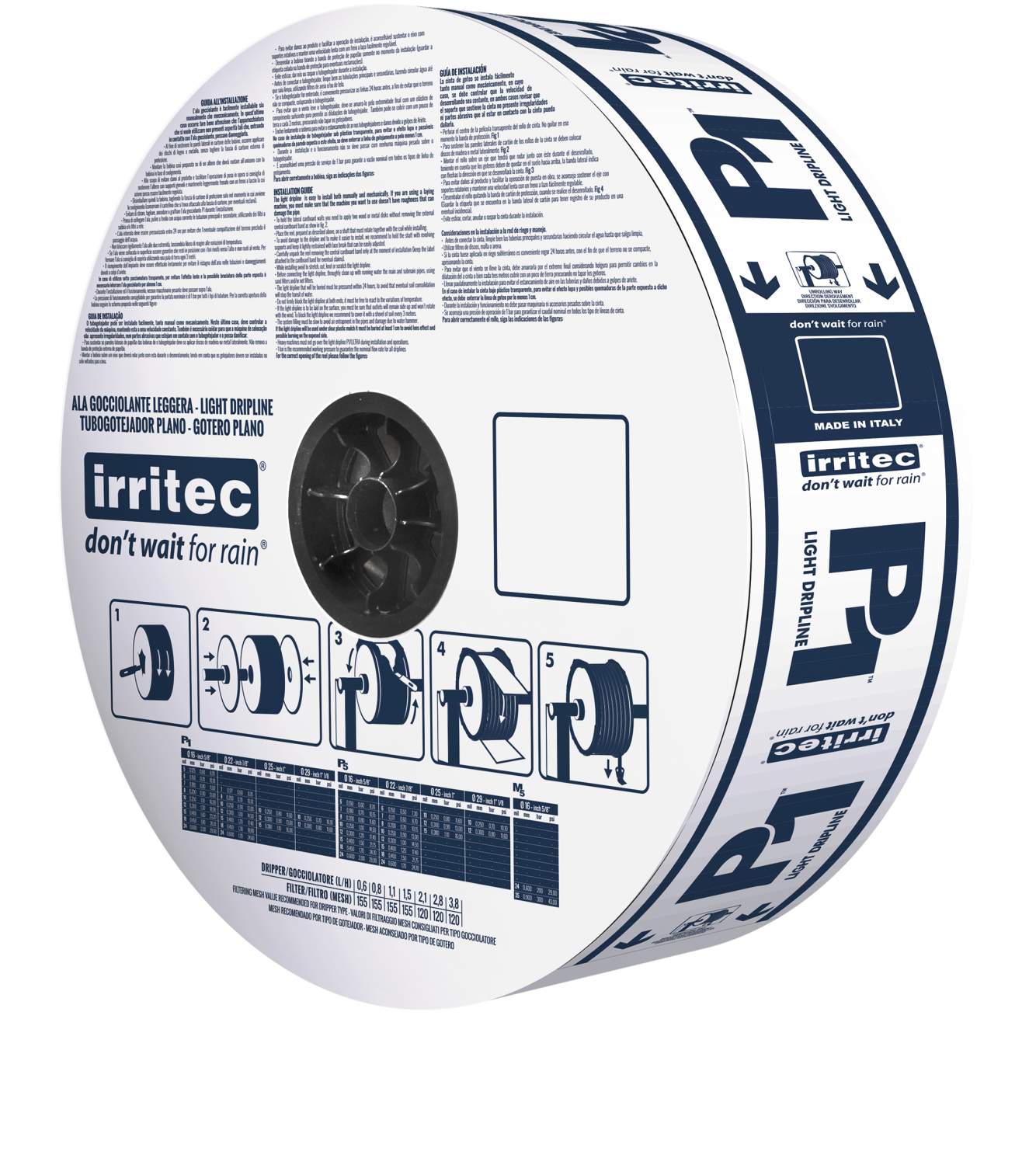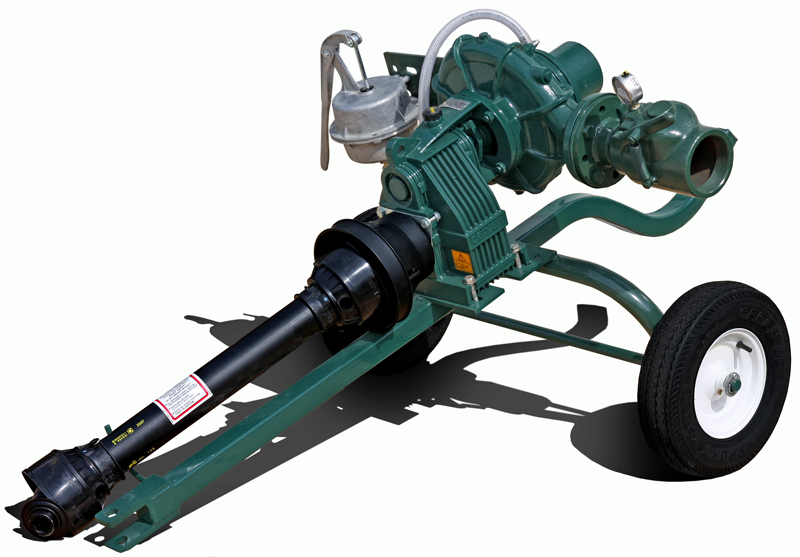There is an old saying “don’t compare apples to oranges”. It makes sense, one shouldn’t try to compare two objects that can’t realistically be compared. But in Colorado, it is possible for one to compare apples and industrial hemp. Apples and hemp are two of Colorado’s biggest crops, both raking in millions of dollars annually.
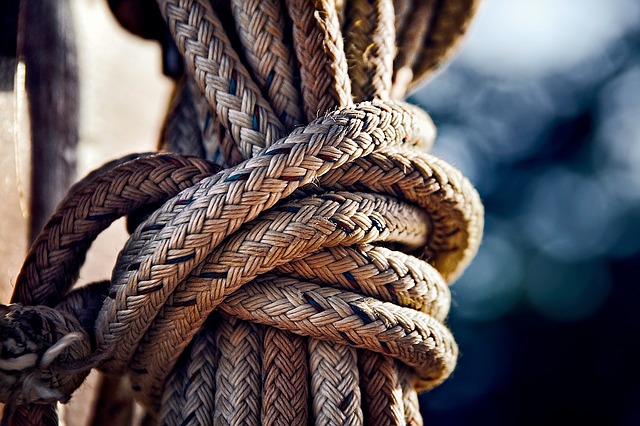
For apple trees, irrigation is a little more complicated. Trees are markedly bigger than hemp plants; some apple tree varieties can grow up to 30 feet tall! There are generally only a few ways to irrigate apple orchards, either through overhead sprinklers, under tree sprinklers, or through drip irrigation. Overhead sprinklers deliver water in a way similar to a natural rainfall, with systems over the trees delivering water at scheduled intervals. This method can be ineffective, as much of the water then evaporates, gets absorbed by other plants, or simply cannot get absorbed at all, and creates large puddles of mud. Under tree sprinklers have the same issues as over tree sprinklers, they offer little control over the rate of absorption and waste water. Drip irrigation systems work well to deliver small amounts of water directly to the root system of the plants, and limit water waste as much as possible. Drip irrigation systems for apples have become increasingly common in Colorado, because the heat there can cause rapid evaporation, and this system lowers water costs for farmers.
While hemp and apple trees are very different plants, they do have some things in common. Both are huge crops in Colorado, and both have very specific water needs. Surprisingly though, both types of crops do well with drip irrigation systems. Because drip irrigation allows the water flow rate to be easily monitored and controlled, it is easy to ensure that they are getting the right amount of water at a rate that they can absorb it. Next time someone tells you not to compare apples to oranges, you can tell them about comparing apples to hemp!


